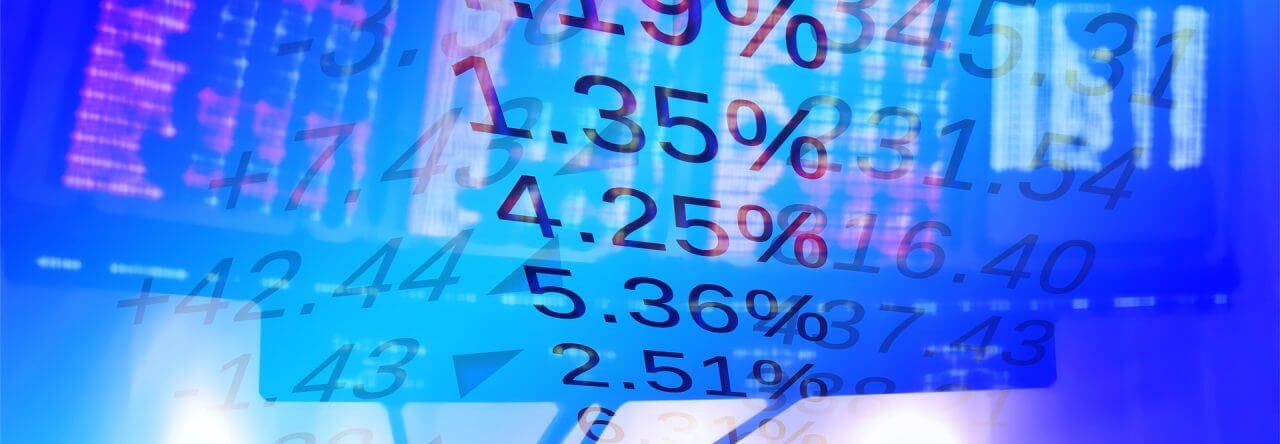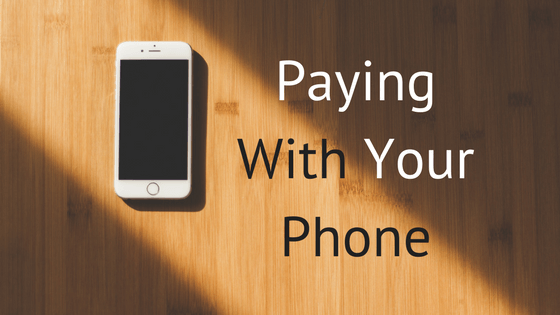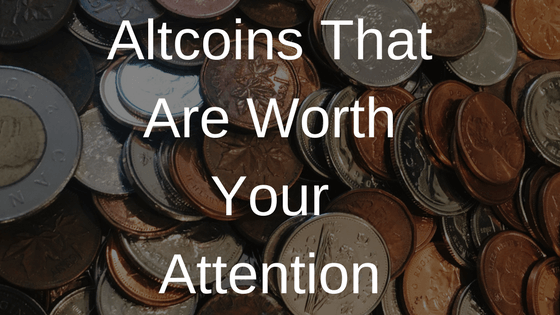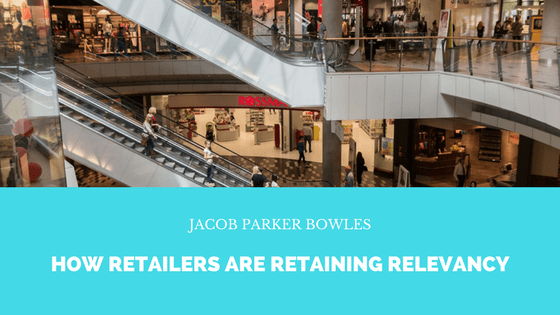Cashless payment alternatives are increasing in popularity, and there are no signs that it will stop. One big breakthrough is the ability to pay with only your phone, through Apple Pay, Android Pay, or the soon-to-be Google Pay. There are definite pros and cons to paying with your phone, for both convenience and security reasons. Let’s look at some of the biggest.
Pro: Forgot your card? No problem.
We’ve all had that moment where we could have sworn we brought our wallet, or that we put our card away, but we can’t find it. Although it is stressful to lose a card or to not know where your wallet is, paying with your phone can, at the very least, get you out of a sticky situation. Luckily, many stores and restaurants are beginning to accept mobile payments, so you may be in luck next time you have no alternative.
Con: Hackers can steal your data.
While companies like Google and Apple have high-end security, hackers have been able to exploit even the most obscure security flaws to steal your information. With Apple Pay, for example, you store your complete card information on your phone. Hackers have to be extremely skilled to get this info, but it is not impossible.
Pro: Less time in drive-thrus.
Many fast-food chains are implementing mobile payments to reduce wait time and add convenience. Think of the last time you went through a drive-thru. From the time you place your order to the time you have to pay, you have to worry about not holding up a line while searching for a way to pay. Using your phone simplifies this process, as we often have our phones in easily accessible places, while our money may be located somewhere not so convenient.
Con: Processing times can lengthen.
Even though you may not hold up a line by looking for money, you may hold it up due to long processing times. Devices that are meant to read your phone are slow and sometimes can’t detect anything. You may spend twice as long paying via phone instead of paying the old-fashioned way.
Mobile payments are likely going to become standard in the next few years. However, in order to make them efficient and safe, bank institutions, phone manufacturers, and device reader companies need to consider both the good and bad things about this process and change accordingly. Once that happens, you may be hard-pressed to find a place that does not accept a mobile payment.





